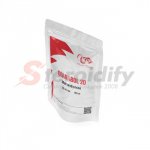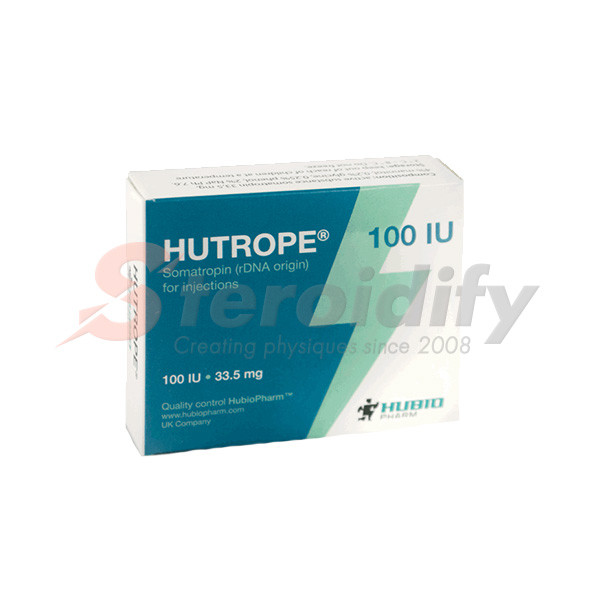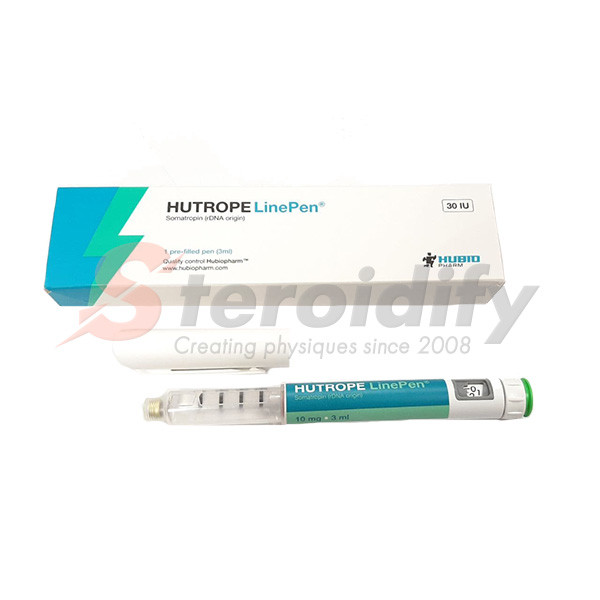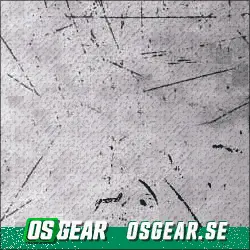Install the app
How to install the app on iOS
Follow along with the video below to see how to install our site as a web app on your home screen.
Note: This feature may not be available in some browsers.
You are using an out of date browser. It may not display this or other websites correctly.
You should upgrade or use an alternative browser.
You should upgrade or use an alternative browser.
Approved We Are Steroidify
- Thread starter ballin2504
- Start date
PARA PHARMA BOLDO/TEST 400 - BOLDENONE UNDECYLENATE, TESTOSTERONE ENANTHATE

Everyone get an order in today! There’s a bunch of deals still going on!!!
PRODUCT OF THE WEEK: ULTIMA US DOMESTIC - SPECIAL EDITION
ULTIMA-1-TEST CYP / Ultima Pharma
ULTIMA-MENT / Ultima Pharma
ULTIMA-SUPERTEST 450 BLEND / Ultima Pharma
Join one of our community's favorite - POW aka Product of the week. UP TO 50% OFF. Choose your favorite products, choose your own discounts!
INJECTION GUIDE
STEROID INJECTIONS INTRODUCTION
When considering the first steroid cycle, the correct injection technique is usually the last thing people consider. They will have thought of their goal, researched various drugs, stacking and cycles, but it’s not until they have a range of vials, needles and syringes sitting in front of them that they actually consider how they are going to get the substances out of the bottles and into their body. For many people, this is the point where self-injecting becomes of concern and, in a lot of cases, individuals become so worried that they forgo the plan entirely or opt for oral only cycles: and in either case they are severely short-changed.
HOW NOT TO INJECT STEROIDS
Go to any message board, and at some point you’ll find people asking how to inject steroids. Often some ways being considered are nothing short of ridiculous yet one in particular stands out - how to inject steriods intravenously. Here I have to be very, very, clear: you do not inject anabolic steroids intravenously as it is dangerous. Anabolic steroids are meant to be injected direct into the muscle tissue, however some steroids can also be injected subcutaneously.which means into the upper layer of fat just under the skin.
HOW TO INJECT STEROIDS - PREPARATIONS
When injecting steroids the first thing you need to know is how to prepare for the injection and there is more to it than you might initially think.There are eight specific steps you need to follow when injecting and while that may sound complicated the whole process shouldn’t take more than a minute. However failure to follow these eight remarkably simple steps can result in complications such as infections or simply very uncomfortable injections or an unnecessarily sore injection site.
Step 1: Choosing a Needle
There are numerous needle sizes available and you need the right one to do the job properly. Large needles are not necessary but you don’t want one too small as the oil will barely push through. Most often a 23g-25g needle will serve your needs and a 1” length will suffice although 1.5” is also available. Some people find ½” needles to be sufficient, but they are only suitable if injecting into a very low body-fat area. Regardless of the needle size you choose, you will always attach a new sterile needle each time you inject.
Step 2: Drawing Air
Although the drawing and emptying of air into the syringe is not essential it does make the process easier. Before you draw any fluid into the syringe, the first step is to draw up, at a minimum, an amount of air that is equal to or exceeds the amount of fluid you intend to draw. Drawing a little more air than needed is absolutely fine and can make the process even easier.
Step 3: Empty the Air
You must then expel the air you have drawn into the syringe by placing the needle into the oil (the steroids you’re using) and pushing all the air in. Then leave the syringe in the fluid and move on to the next step.
Step 4: Draw the Oil
Now all you have to do is simply pull the plunger of the syringe back until the desired amount of fluid is obtained. Drawing a small amount more than you need is preferable as you might lose some when you move on to Step 5. In some cases many people prefer to use a “Draw Needle” for this purpose, which means using a larger needle to draw up the fluid and a smaller one to inject. In this instance, you will use a 20g-21g needle to draw your oil into the syringe as it is much easier and faster. If you choose this method, you will follow steps 2 and 3 with your draw needle. After Step 4 you then replace the draw needle with the injection needle you chose in step 1.
Step 5: Remove Air Bubbles
Now the oil is in the syringe, you push the plunger down gently while tapping your finger against the side of the syringe to remove all air bubbles. This will cause a little bit of oil to shoot out of the needle, but that’s why you drew up a little extra. At this point make sure that there is the correct amount of fluid in the syringe.
Step 6: Disinfecting
Determine which muscle you’re going to inject and the specific location. Use an alcohol swab or alcohol on a cotton ball to disinfect the area. Although alcohol swabs are preferable, the cotton ball method is adequate.
Step 7: Plunge the Needle & Aspirate
Once the area is disinfected, plunge the needle in the muscle but do not inject yet. When the needle is firmly in place, pull the syringe back slightly; this is what is known as Aspirating. When you aspirate, if blood fills the syringe it means you have hit a vein or a blood vessel and you should remove the needle and pick a new location Injecting into a vein or blood vessel means you could fall prey to what is known as, “Tren Cough.” Trenbolone is the most notorious anabolic steroid for causing this, but it can happen even withTestosterone. Tren Cough means that some of the steroid gets into the lungs, and causes a violent cough that can be quite frightening and painful. Your mouth will taste like metal, and some say their teeth even hurt. Don’t let the possibility of Tren Cough scare you; if you aspirate and follow our recommendations you’ll be fine.
Step 8: If you have followed steps 1-7 and no blood entered the syringe during step 7, you are ready to inject your steroid(s). Simply push the plunger down until all the syringe is empty.
POST INJECTION PROTOCOL
Although you now know how to inject steroids you also need to know what to do immediately following the injection and which is also an essential part of the procedure which many, unfortunately ignore. This easy three step process takes only a moment and will make the whole process smoother.
Step 1: Although all the oil has been injected, do not remove the needle. Leave it in place for approximately 20-30 seconds to ensure all the oil has settled deep into the muscle. If you skip this step, there’s a decent chance some of the oil may leak out, or worse settle under the skin which can lead to a sterile abscess and is extremely painful.
Step 2: Now you are ready to remove the needle. As you do place a fresh, clean cotton ball directly over the injected area. Applying a little pressure, hold the cotton ball in place for approximately 20-30 seconds. There’s a decent chance a little blood will be on the cotton ball (which is why you’re doing this), but this is no reason for concern.
Step 3: After you remove the cotton ball, firmly massage the area for a few seconds to ensure all the oil is dispersed deep into the muscle. Now you are finished.
!!POSTPONED!! PRODUCT OF THE WEEK: ULTIMA US DOMESTIC - SPECIAL EDITION
For technical reasons Ultima POW discount is postponed!Please accept our apologies for that...
ULTIMA-1-TEST CYP / Ultima Pharma
ULTIMA-MENT / Ultima Pharma
ULTIMA-SUPERTEST 450 BLEND / Ultima Pharma
Join one of our community's favorite - POW aka Product of the week. UP TO 50% OFF. Choose your favorite products, choose your own discounts!

CHARACTERISTICS
5-6 HOURS
ANABOLIC STEROID
MEN 150-350 MG/WEEK
YES
HIGH
YES
YES
HIGH
METHANDIENONE
100 PILLS X 20 MG
DRAGON PHARMA
Levels of testosterone in men by age
Below is a breakdown of the testosterone levels of men of different ages.
Total: 219-1009 ng/dL and Normal 600-675 ng/dl
Total: 201-993 ng/dL and Normal 500-550 ng/dl
Total: 170-918 ng/dL and Normal 400-450 ng/dl
Total: 156-700 ng/dL and Normal 300-350 ng/dl
From the above breakdown, it is clear to see that there is a huge impact on how a man looks, feels, and thinks based on their age. The average levels listed above are the guidelines that specialists tend to look at as they assess a given individual.
Below is a breakdown of the testosterone levels of men of different ages.
- Levels of testosterone in men who are over 30 years
Total: 219-1009 ng/dL and Normal 600-675 ng/dl
- Levels of testosterone in men who are over 40 years
Total: 201-993 ng/dL and Normal 500-550 ng/dl
- Levels of testosterone in men who are over 50 years
Total: 170-918 ng/dL and Normal 400-450 ng/dl
- Levels of testosterone in men who are 60 years and above
Total: 156-700 ng/dL and Normal 300-350 ng/dl
From the above breakdown, it is clear to see that there is a huge impact on how a man looks, feels, and thinks based on their age. The average levels listed above are the guidelines that specialists tend to look at as they assess a given individual.
PARA PHARMA PARATROPIN - SOMATROPINE - 191 AMINO ACID

HGH DEAL OF THE YEAR!
We are going to be short here.
The deal speaks for itself.
Hutrope 100IU - Buy 5 get 1 free! + wholesale price$234.00 each.
You save $480

Hutrope 30IU Linepen - Buy 6 get 1 free! + wholesale price $90.00 each.
You save $150

PHARMAQO QOMATROPIN HGH - SOMATROPINE - 191 AMINO ACID

STANOROX ZEROX PHARMA - STANOZOLOL

CASHBACK COINS
Cashback Reward program launched
A unique cash-back reward system by Steroidify®. Earn Bonus Coins on your purchases and use them on your next orders!
You have up to 15% instant reward in Bonus Coins for every dollar spent at Steroidify®. 1 Bonus Coin is exactly $1 worth.
Shop more, earn more!

TESTOROX C250 ZEROX PHARMA - TESTOSTERONE CYPIONATE

We’re Steroidify® – Your reliable source!
Our vision is to establish a reputation for contributing to raising the quality of life for sports enthusiasts and those who enjoy an active lifestyle. We are all about helping people look and feel great.
Steroidify® has products for both genders and all types of individuals, from the hardcore body builder to the everyday gym enthusiast.
We have a dedicated team of professionals that includes quality control specialists and market researchers to ensure that we source only the highest quality supplements and provide our customers with exactly what they are looking for. In addition, we also have dedicated IT specialists to ensure the integrity of our online store is not compromised and more importantly, that our customer data remains safe and secure. Our Shipping Managers ensure orders are delivered on time and our customer service professionals are tasked with responding to every customer query or concern in under 24 hours.
We offer our customers a unique bonus/reward program where they can earn bonus coins for every dollar they spend at Steroidify®. Customers can spend bonus coins and get even more products at absolutely zero additional costs. In addition, we also offer a referral discount program. These reward and discount programs are permanent and always available.
Steroidify® has a passion for sport and innovation. Our passion drives us to surpass ourselves daily. We believe in our vision, our employees, our partners and our customers. Just like in the world of sports, excellence can only come about by providing our customers with better products and finding better ways to reach our customers.
Our vision is to establish a reputation for contributing to raising the quality of life for sports enthusiasts and those who enjoy an active lifestyle. We are all about helping people look and feel great.
Steroidify® has products for both genders and all types of individuals, from the hardcore body builder to the everyday gym enthusiast.
We have a dedicated team of professionals that includes quality control specialists and market researchers to ensure that we source only the highest quality supplements and provide our customers with exactly what they are looking for. In addition, we also have dedicated IT specialists to ensure the integrity of our online store is not compromised and more importantly, that our customer data remains safe and secure. Our Shipping Managers ensure orders are delivered on time and our customer service professionals are tasked with responding to every customer query or concern in under 24 hours.
We offer our customers a unique bonus/reward program where they can earn bonus coins for every dollar they spend at Steroidify®. Customers can spend bonus coins and get even more products at absolutely zero additional costs. In addition, we also offer a referral discount program. These reward and discount programs are permanent and always available.
Steroidify® has a passion for sport and innovation. Our passion drives us to surpass ourselves daily. We believe in our vision, our employees, our partners and our customers. Just like in the world of sports, excellence can only come about by providing our customers with better products and finding better ways to reach our customers.
$100 FREE STORE CREDIT
Keep a detailed log throughout your entire cycle or share your blood test results on any forum or board and you'll get 100$ Free Store Credit to use anytime you want.Please submit the link to your thread through our Loyalty Discount program.
To visit the Loyalty Discount page you should be logged in your Steroidify account.

Similar threads
- Replies
- 11
- Views
- 111
- Replies
- 10
- Views
- 207
- Replies
- 10
- Views
- 183
- Replies
- 11
- Views
- 136
- Replies
- 7
- Views
- 159














